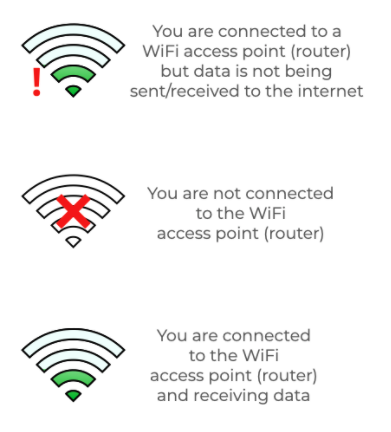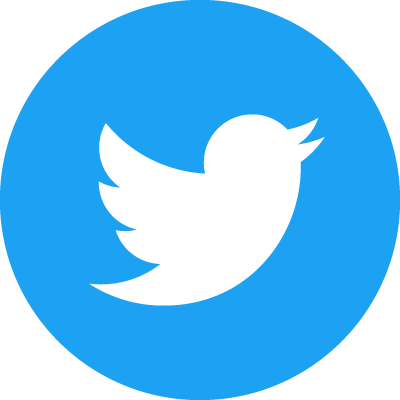Network Problems
Greenhouse Support
Kiln Support
Network Compatibility:
Our controllers work best with WPA, WPA2, and WEP networks. The controllers are compatible with 802.11/b/g/n networks and only accept 2.4Ghz. We have worked with customers to ensure their specific network configuration allows controllers to access. However, we ask you go through the following steps first and then, if you still cannot get connected, please contact support so we can help you with your specific problem.
Troubleshooting Steps:
-
Step 1. "Power On & Off"
While we all know it's a bit annoying for customer service to ask you to turn something on and off, sometimes that's the fix. If you have a red X over the WiFi icon, do not skip this step. Here are the equivalent things for you to try with your controller.
- Re-check your WiFi name and password.
- Make sure you're in range of your network. If you have poor connection, this may be a problem
- Try the reset WiFi option on your controller's WiFi menu. Another way to do this is just to cycle power to the controller (unplug and plug back in).
-
Step 2. Try another network.
We typically recommend trying to connect to a mobile hotspot, or the equivalent, so we can narrow down the problem. Go through your WiFi set up with the alternative network and if it does connect correctly we have identified the problem. This is a good thing to try if you have a red exclamation point next to the WiFi icon.
This may not mean you want to use this as your permanent network, but you can then contact support with the required information (see below) so we can get the desired network working.
Please note, if your hotspot and the name has an apostrophe in it, please rename it to remove that character. (e.g. Bartlett's Phone should be changed to something like Bartlett Phone). This is often a problem with Apple products - please see this link for an explanation on how to change the name on an iPhone.
If you are having trouble with your WiFi, please call from a different device than the device you are using as your mobile hotspot.
-
Step 3. Check your network settings
Network configuration has been the problem for some of our customers. You may need to turn off some access controls or firewall settings temporarily to determine if this is the problem. If it does remedy the problem, we can work with you to adjust your network settings in order to keep your network secure, but allow your controllers access.
-
Step 4. Contact Support
We know that some problems can be squirrely. We are here to help. Here is what we'll need from you in order to most efficiently provide you support.
- Your contact information - name, email and phone number
- Your controller information - the type of controller you have and the identifying information about it. Please see your configuration > controller info.
- Your WiFi status information (see additional notes below)
- Your router make and model.
- Network security (unsecured, WEP, WPA2, etc.)
- Internet service provider
- If you have a WiFi extender, please note that in your customer service email.
- The steps you have tried (above) and results from those steps.
-
Step 5. Other Things to Try
- If you have a mesh network or extender, you could try to set up a guest network. As mentioned above we can only work with 2.4GHz and some of the mesh networks default to 5GHz. If you can create a guest network, you may have the option to disable the 5GHz. Also, give the guest network a different name from the main network. Finally, connect your controller to the new, guest network.

WiFi Icon States, Explained
Additional Notes
-
Please note, we always recommend being on the latest firmware for your controller.
You can find out how to download the latest firmware by viewing your user manual (all our manuals are online) or on our YouTube channel.
- See how to download the latest Genesis or Genesis Mini by watching this video.
-
If you are having trouble, please include your WiFi status strength when contating us.
-30 dBm = Excellent - Max achievable signal strength. Your device is most likely only a few feet from the AP to achieve this signal. Neither a typical nor desirable in the real world.
-67 dBm = Very Good - Minimum signal strength for most business applications
-70 dBm = Okay - Minimum signal strength required for a decent packet delivery.
-80 dBm = Not Good - Minimum signal strength for basic connectivity. Packet delivery may be unreliable.
-90 dBm = Unusable - Approaching or drowning in the background transmissions (or noise floor) and is causing serious interference with the signal. Any functionality is highly unlikely.
- If you are trying to set up a Client / Hub configuration for a greenhouse, please see this manual.


